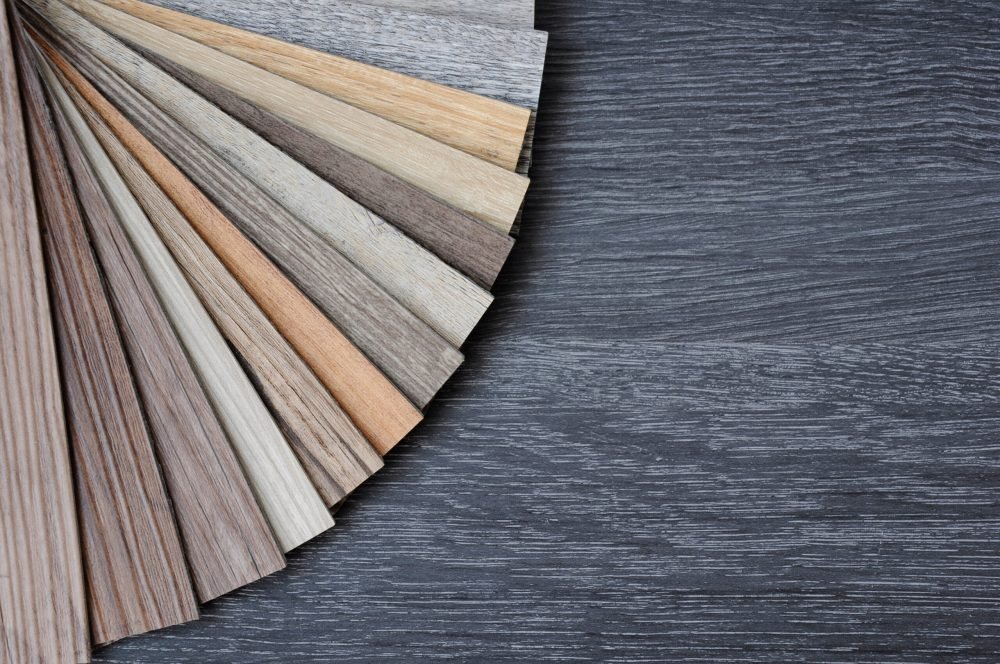When choosing materials for modern furniture, there’s a growing need for options that are both affordable and durable without sacrificing aesthetics. One such material that meets these requirements is Melamine Faced Chipboard (MFC). Whether you’re designing a stylish workspace or crafting elegant home furniture, the MFC board top is a smart choice that blends functionality, affordability, and durability.
What is MFC?
Melamine Faced Chipboard (MFC) is a type of engineered wood made by compressing wood particles or chips into a dense board, which is then coated with a layer of melamine resin on both sides. This resin finish adds a smooth, durable surface that can mimic a variety of natural textures, including wood grains, while offering a modern, sleek appearance.
Why Choose MFC for Table Tops?
1. Affordability
One of the major advantages of MFC board is its cost-effectiveness. Compared to solid wood, MFC is significantly cheaper, making it an excellent choice for those seeking high-quality furniture without a hefty price tag. The ability to create stylish furniture on a budget has made MFC a popular choice in residential and commercial settings.
2. Durability
MFC boards are designed to withstand daily wear and tear, making them highly durable. The melamine finish is resistant to scratches, moisture, and heat, making it perfect for areas with heavy usage, such as dining tables, desks, and work surfaces. This durability ensures that your table top remains looking new for years to come.
3. Variety in Design
MFC boards are available in a wide range of finishes and colors, providing great versatility in furniture design. Whether you prefer a natural wood look, a sleek, modern style, or even vibrant colors, MFC offers endless customization options. The variety of textures and finishes can match any interior décor, allowing the material to seamlessly blend with other furniture.
4. Low Maintenance
The melamine coating on MFC boards makes them easy to clean and maintain. Spills and stains can simply be wiped off with a damp cloth, making this material especially practical for busy households or workspaces. Unlike solid wood, MFC doesn’t require regular polishing or maintenance, making it a hassle-free option for daily use.
5. Environmental Sustainability
MFC boards are made using recycled wood particles, making them an environmentally friendly option for furniture production. By utilizing wood waste, the production of MFC reduces the need for new trees to be cut down, which helps conserve forest resources.
MFC vs. Solid Wood
While solid wood is often praised for its strength and natural beauty, it comes with a higher cost and requires regular maintenance to preserve its appearance. MFC boards, on the other hand, offer a more affordable, low-maintenance solution without compromising on visual appeal. While solid wood may suit certain designs, MFC provides a practical alternative for modern, functional furniture.
Applications of MFC in Furniture
MFC is widely used in the production of tables, wardrobes, cabinets, and other flat surfaces. It is especially popular in office furniture due to its durability and resistance to heavy use. Table tops made from MFC are ideal for home and office use, combining style with practicality. Its easy-to-customize nature means that designers can create a wide range of furniture styles to suit different interior themes.
Conclusion
When selecting materials for furniture, MFC board offers an excellent balance of cost, durability, and design versatility. Whether you’re furnishing a home or outfitting an office, MFC board tops provide a modern, budget-friendly option that stands up to everyday use. With its easy maintenance and wide array of finishes, MFC continues to be a go-to choice for anyone seeking attractive, functional, and affordable furniture solutions.


